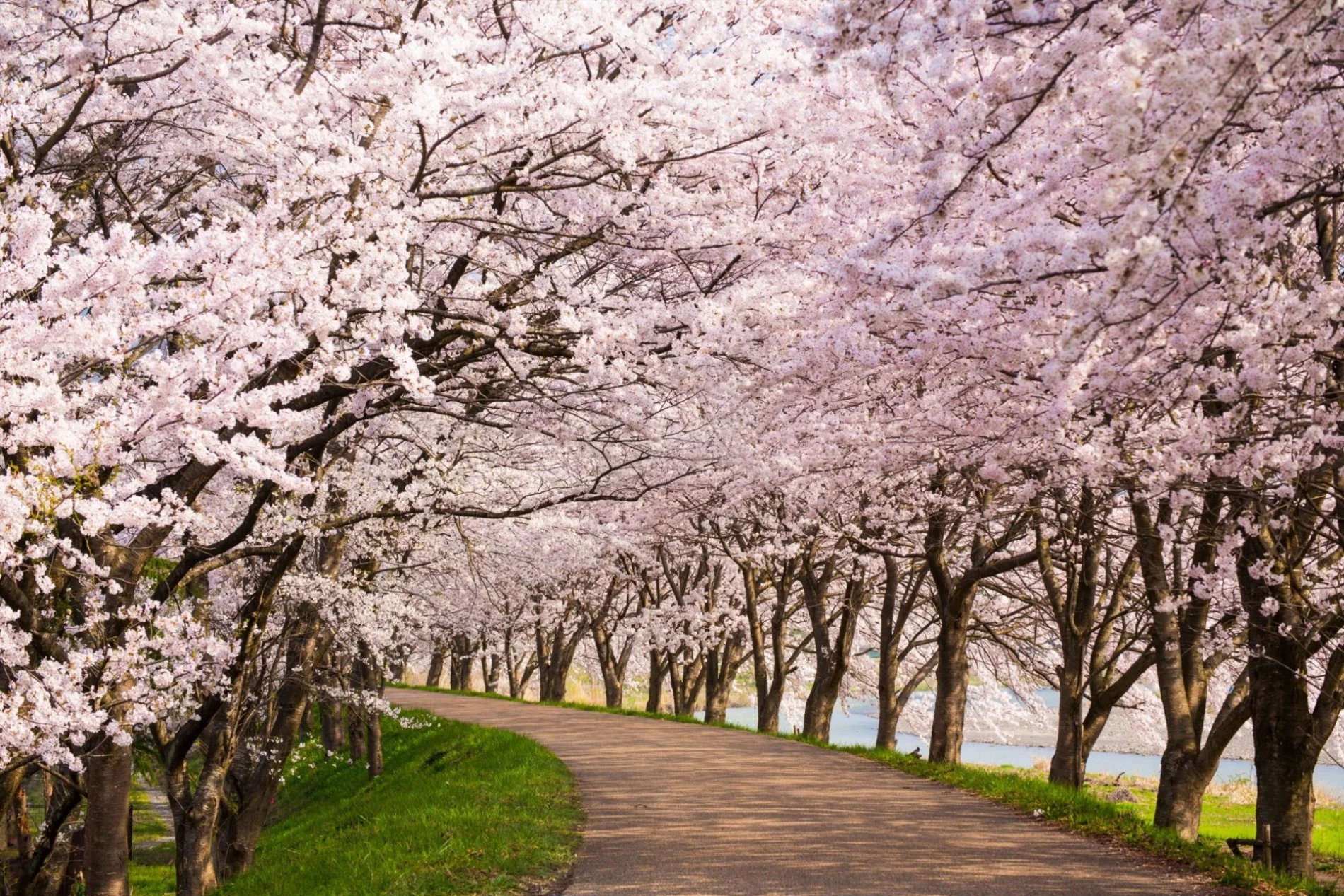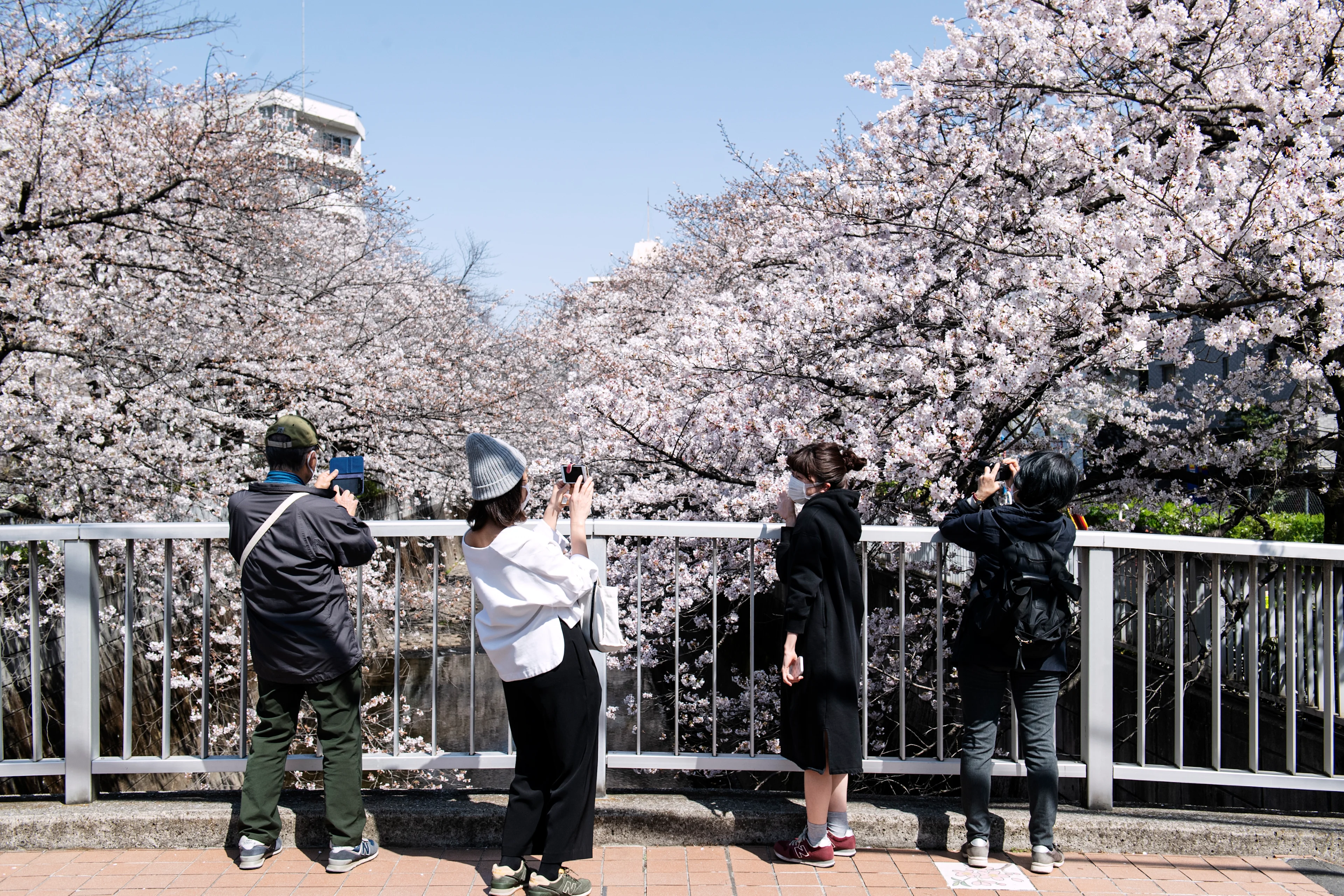
Japan sees earliest cherry blossom season in 1,200 years
Several regions in the world are seeing cherry blossoms peak at unusually early dates as temperatures rise
Japan’s magnificent cherry blossoms are internationally recognized for their beauty and have been celebrated for centuries. The flowers typically peak in April, but this year, the blossoms experienced their earliest peak in 1,200 years.
The Japan Meteorological Agency issues a full-bloom forecast each year and says that the cherry blossoms in Kyoto peaked on March 26. Formal record-keeping began in 1953 and the agency says that peak bloom comes ten days ahead of the 30-year average. According to Japan Forward, this year marked the ninth earlier than normal bloom in a row.
As reported by the Associated Press, Yasuyuki Aono, an environmental scientist from Osaka Prefecture University, said that ancient diaries and books have recorded dates of the earliest blooms in Kyoto. According to these documents, the earliest bloom before March 27 last occurred in the year 812.

Credit: NurPhoto/Contributor. NurPhoto. Getty Images
Experts say that climate change and warming atmospheric temperatures have largely caused Japan’s cherry blossoms to reach unusually early peak blooms.
“The Kyoto Cherry Blossom record is incredibly valuable for climate change research because of its length and the strong sensitivity of flowering to springtime temperatures (warmer springs = earlier flowering, typically),” said Benjamin Cook, a research scientist at Columbia University, in an interview with The Washington Post.
“Since the 1800s, warming has led to a steady trend toward earlier flowering that continues to the present day. Some of this warming is due to climate change, but some is also likely from an enhanced heat island effect due to increased urbanization of the environment over the last couple of centuries.”

Credit: Al Drago. Stringer. Getty Images
The cherry blossoms in Japan are not the only ones that have bloomed at unusual times. Washington, D.C. is also home to the U.S. National Cherry Blossom Festival, which has also endured the impacts of warming temperatures.
Mike Litterst, a spokesman for the National Park Service, told Scientific American that “long-term trends in both Washington D.C. and Japan reveal that cherry blossoms are emerging at increasingly earlier times.” Many of the cherry blossoms in this city grow at the Tidal Basin, where temperatures have steadily risen at a rate of 1.1°C every hundred tears from 1895-2017.
Thumbnail credit: Yoshiyuki Kaneko. EyeEm. Getty Images












